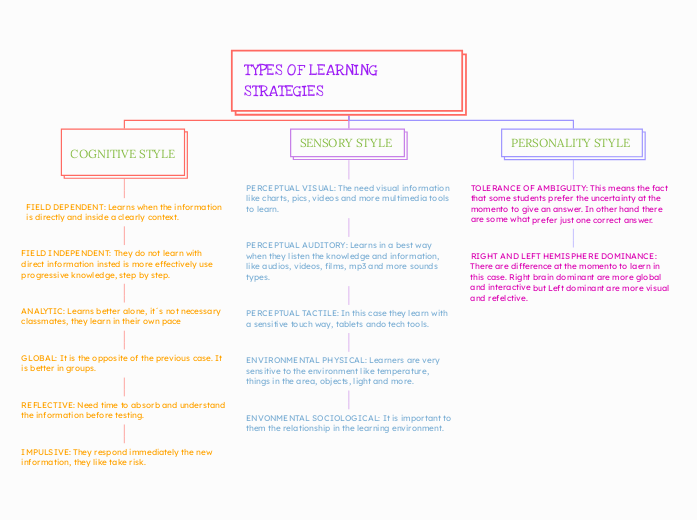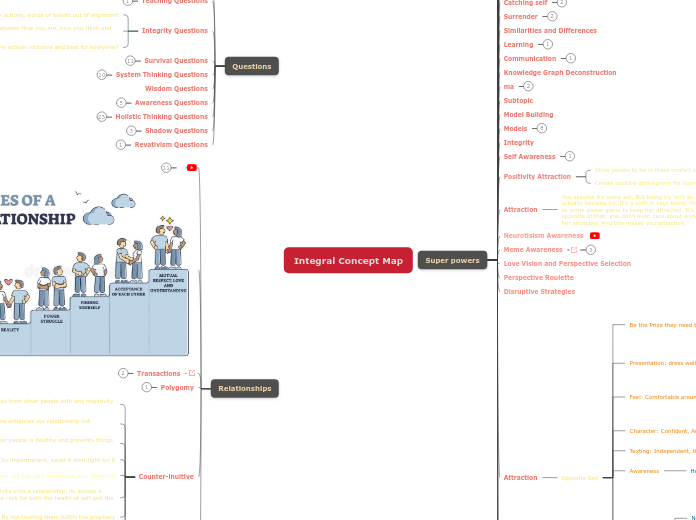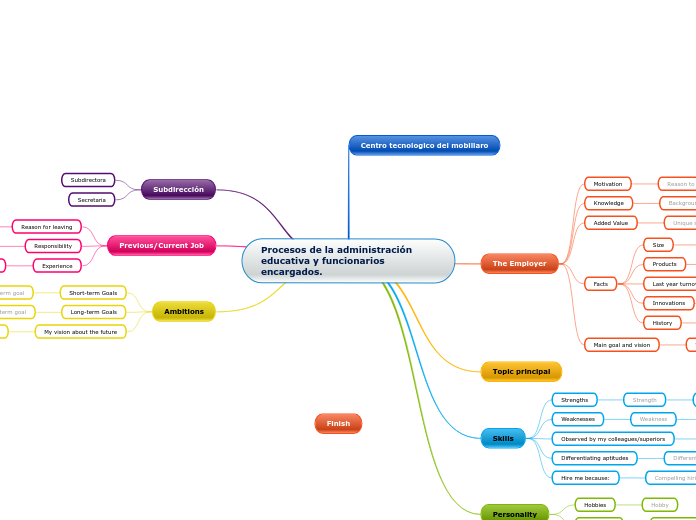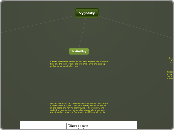by Derlis Morales 11 months ago
73
TYPES OF LEARNING STRATEGIES
Various learning strategies cater to different cognitive, personality, and sensory styles. Cognitive styles include field-dependent and field-independent learners, who prefer direct information and progressive steps respectively, and analytical versus global learners, who learn alone or in groups.









